Shader Debugging Made Easy with NVIDIA Nsight Graphics
Nvidia
JULY 31, 2024
Shaders are specialized programs that run on the GPU that manipulate rays, pixels, vertices, and textures to achieve unique visual effects. Shaders are specialized programs that run on the GPU that manipulate rays, pixels, vertices, and textures to achieve unique visual effects. With shaders, you.


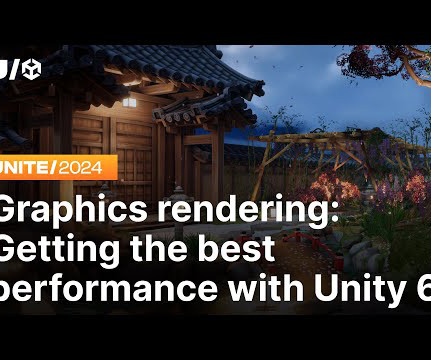
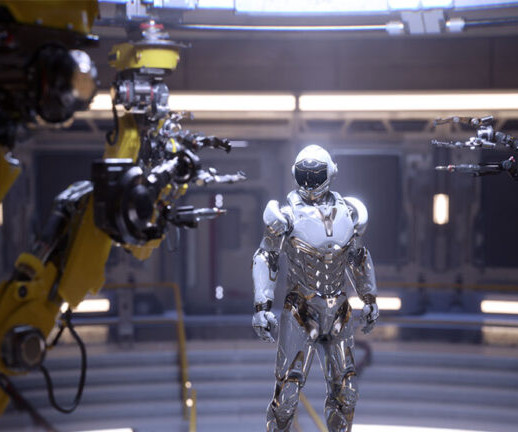
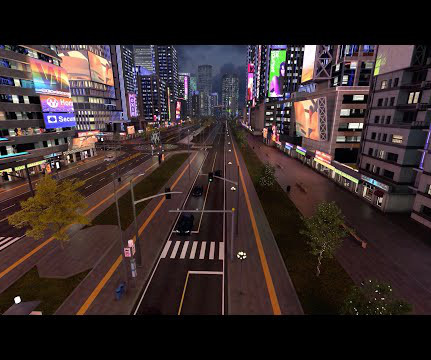
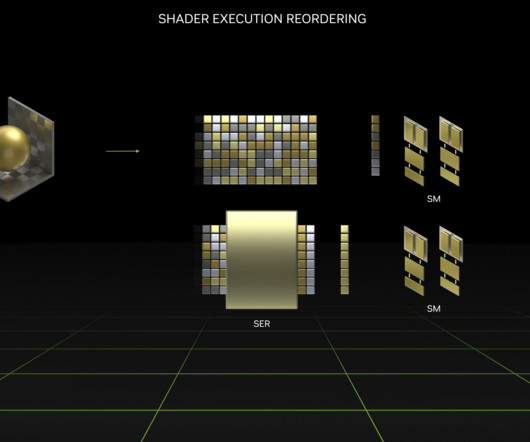
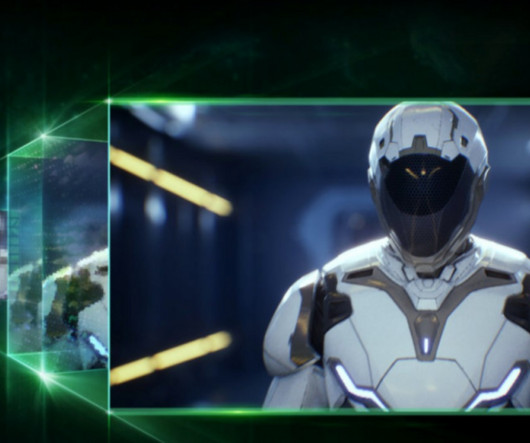
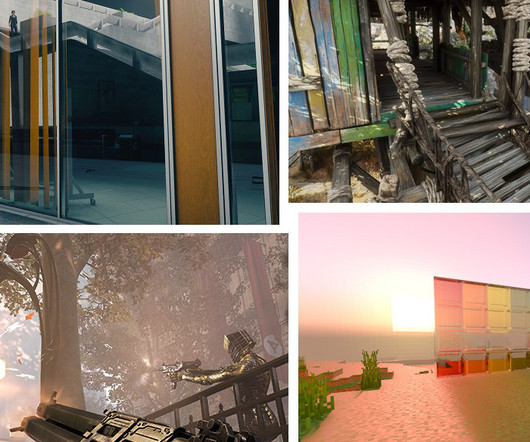







Let's personalize your content